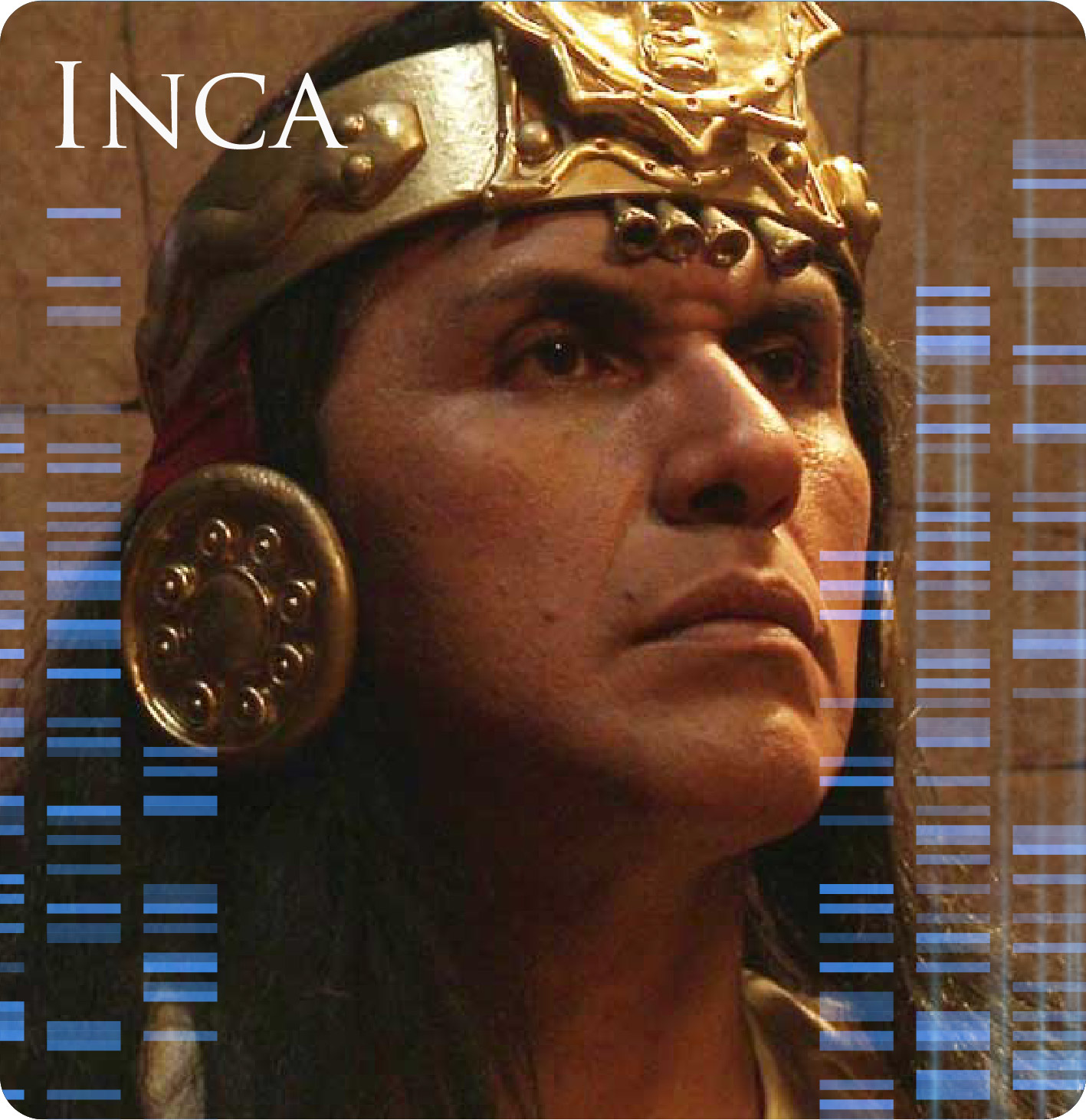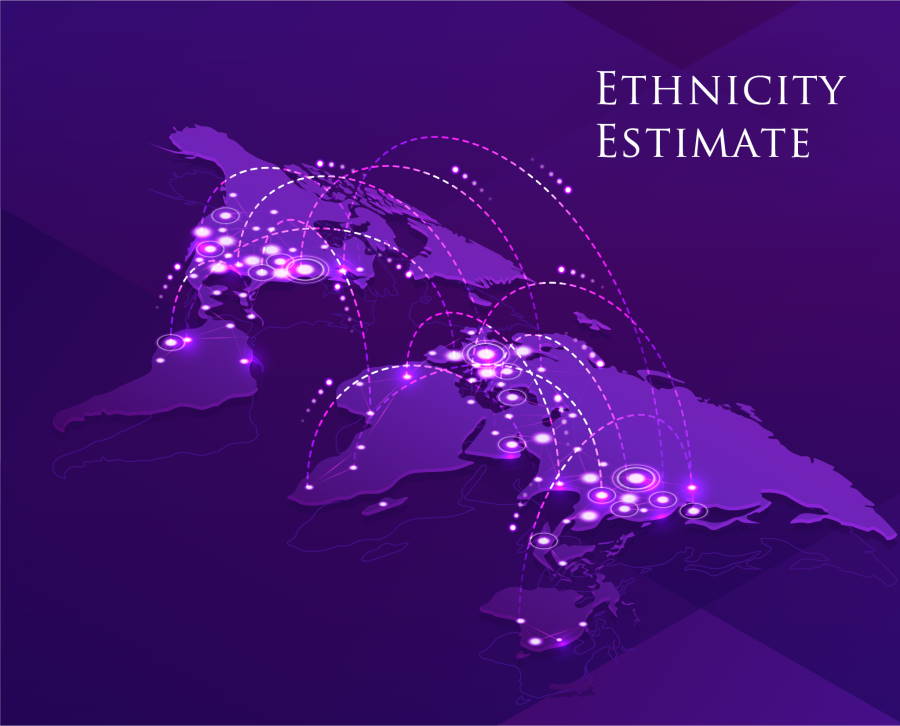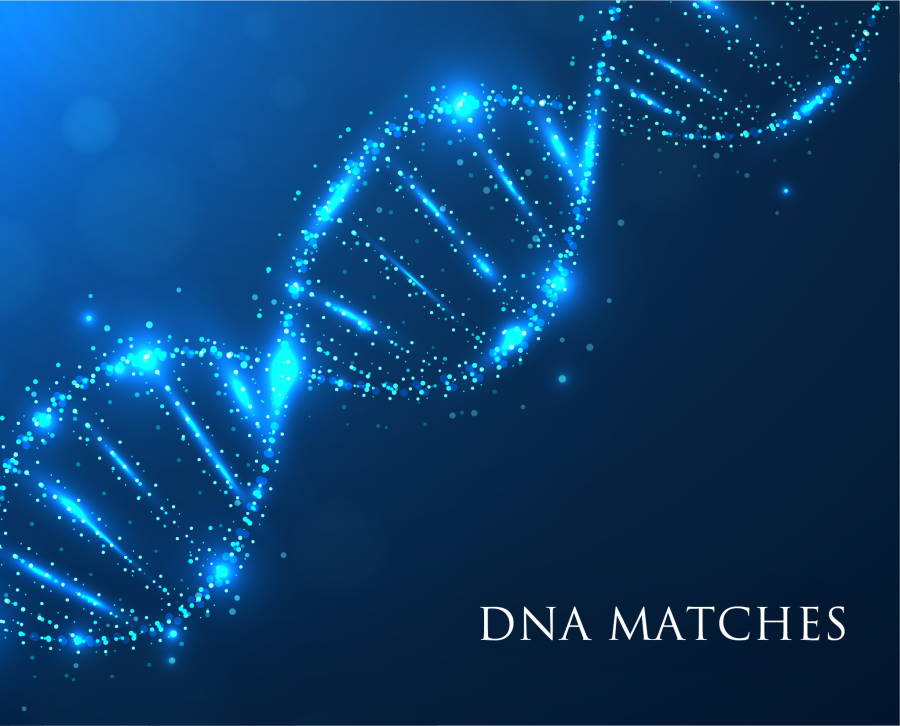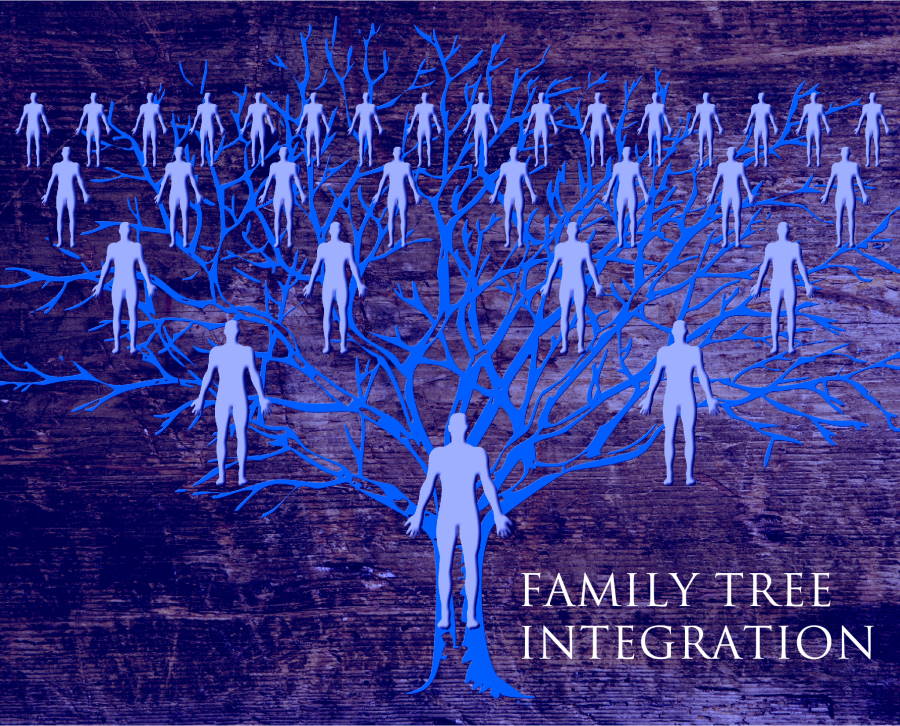What's included in Ancient DNA Origins?
- The Ancient DNA Origins DNA test provides powerful, innovative, and interactive DNA-based tools to help you find your ancient ancestors, trace your prehistorical lineages, and determine your ancient tribal origins.
- Find out how related you are to the Inca (1200-1572 AD) found at five sites in Peru and Argentina. from these sites
- Receive a detailed breakdown of your ancient geographical origins, ancient ancestry maps showing where your ancestors lived and traveled, and your exact genetic similarity to each member of your ancient tribe.
- Compare your results with over 50 worldwide ancient and modern populations.
- Reach out and reconnect with your 500-year-old Inca ancestors whose enormous Empire stretched over 700,000 square miles.
- Meet the people of Sapa Inca, the Emperor of the Realm of the Four Parts – Their story can be your story.
- Basic test includes 5 tribal members.
- Advanced test includes 15 tribal members.
About the test
The Inca Empire, called Tawantinsuyu, was founded as a kingdom by The Sapa Inca sometime around 1100 AD in the Cusco region of Peru and was the largest Pre-Columbian empire in the Americas. Cusco, established in the 15th century, close to Machu Picchu, served as the administrative, political and military center of the empire. Successful military campaigns and peace treaties were used by the Incas to expand their empire between the 15th to 16th centuries and assimilate people from neighboring tribes liked the Chincha and Chinchawas. In 1430, the Incas defeated their mortal enemies—the Chanka, the so-called Vampires of the Andes who made cups from the skulls of prisoners—and became the most powerful people in the region.
The Incas proved that money was not necessary to manage a successful empire and used the barter system with taxes paid through labor, military service, or bartering. The Inca worshipped Inti, the sun god, by offering goods and human sacrifice. Though they had no system of writing, the Inca kept records through the use of quipu, a series of knots on strings. And even without the invention of the wheel, the Inca were sophisticated in administration, art, engineering, and astronomy. Above all, tales of lost cities of gold inspired adventurers and propagated the myth to popular culture.
Unfortunately, the Inca did not survive the 16th-century Spanish conquest, and little is known about their history, and their quipu remains unable to be fully understood. However, in 2018 the first ancient Incan genomes from around Cusco and elsewhere in the region allowed for the study of the origins of the Inca for the first time. With the availability of 20 genomes recovered from five sites in Peru (the South Coast, Chincha, Chinchawas, and Mesayocpata) and Argentina (Cerro Aconcagua), we can finally tell the story of the Inca people and of their enemies, the Chanka.
The test includes 13 Incas and 2 Chankas who lived between 1100 and 1613 AD and witnessed the rise and collapse of the last Peruvian Empire. The test provides a detailed historical, archeological, and paleogenetic background of the Incas. It describes their relationships with other ancient Mesoamericans and their cultic practices. A detailed profile is available for every Inca and Chanka. Find out now how related you are to the Incas.







